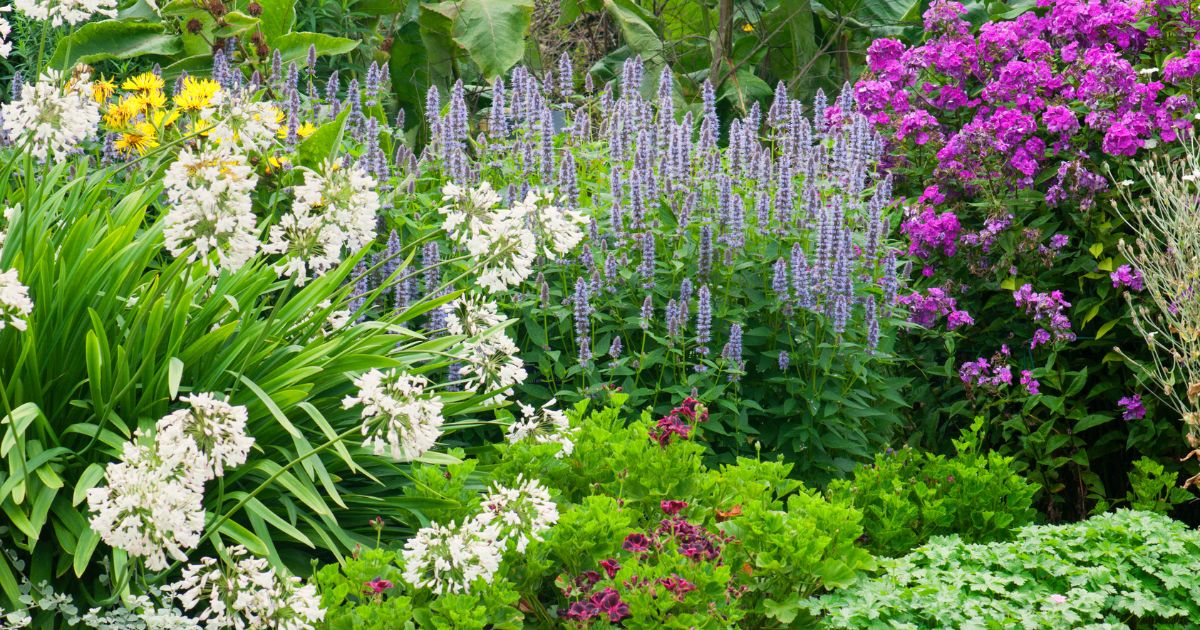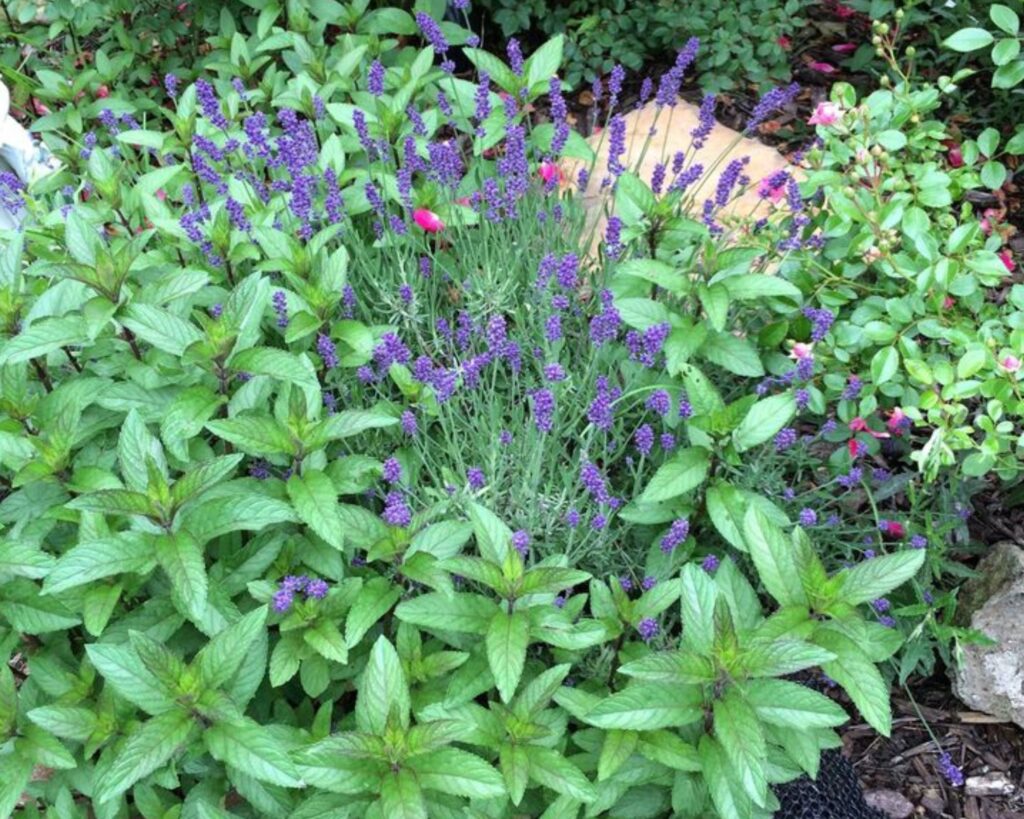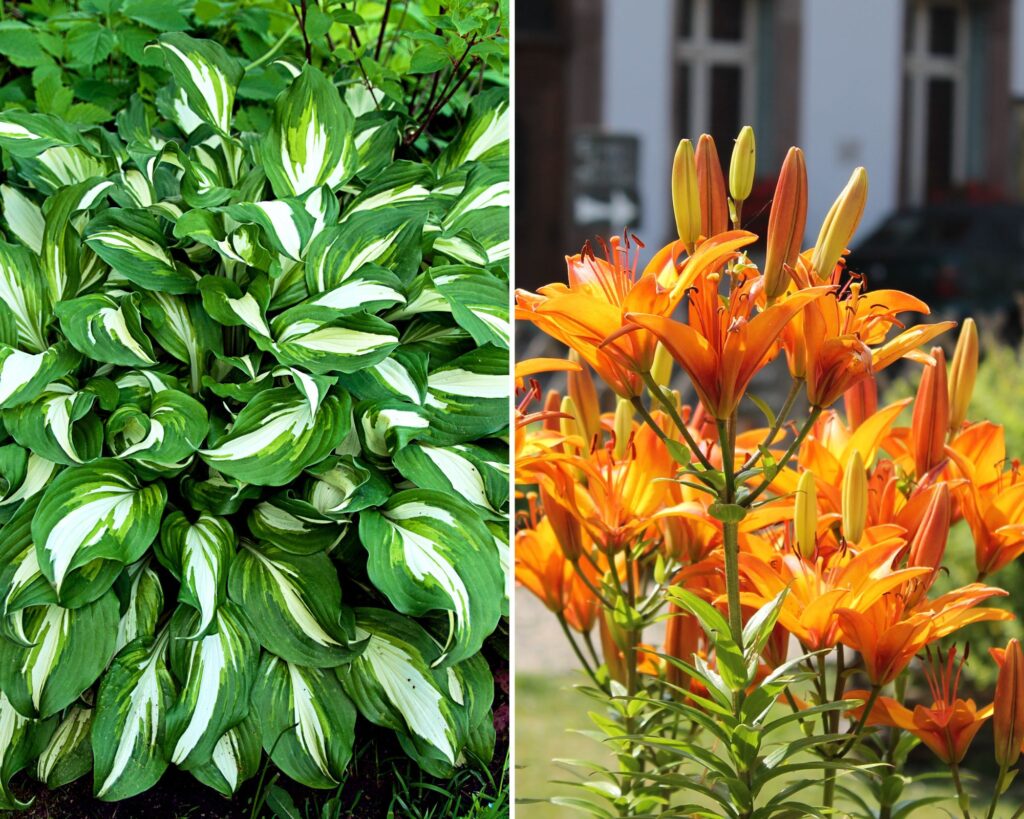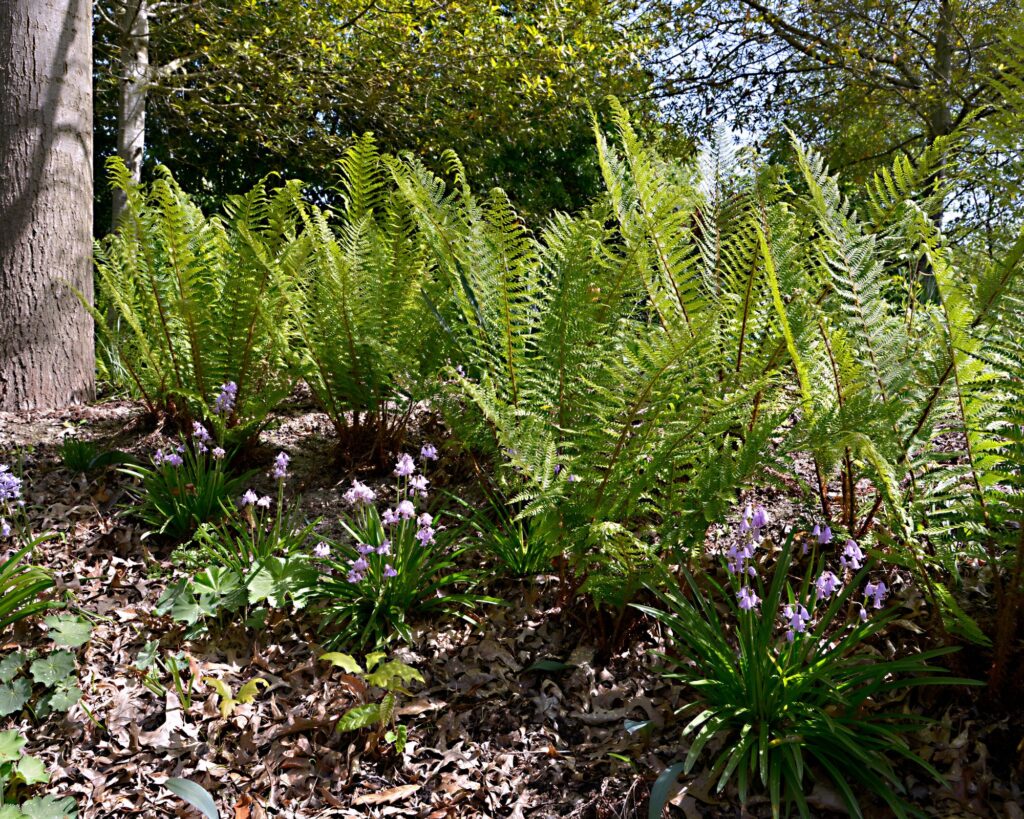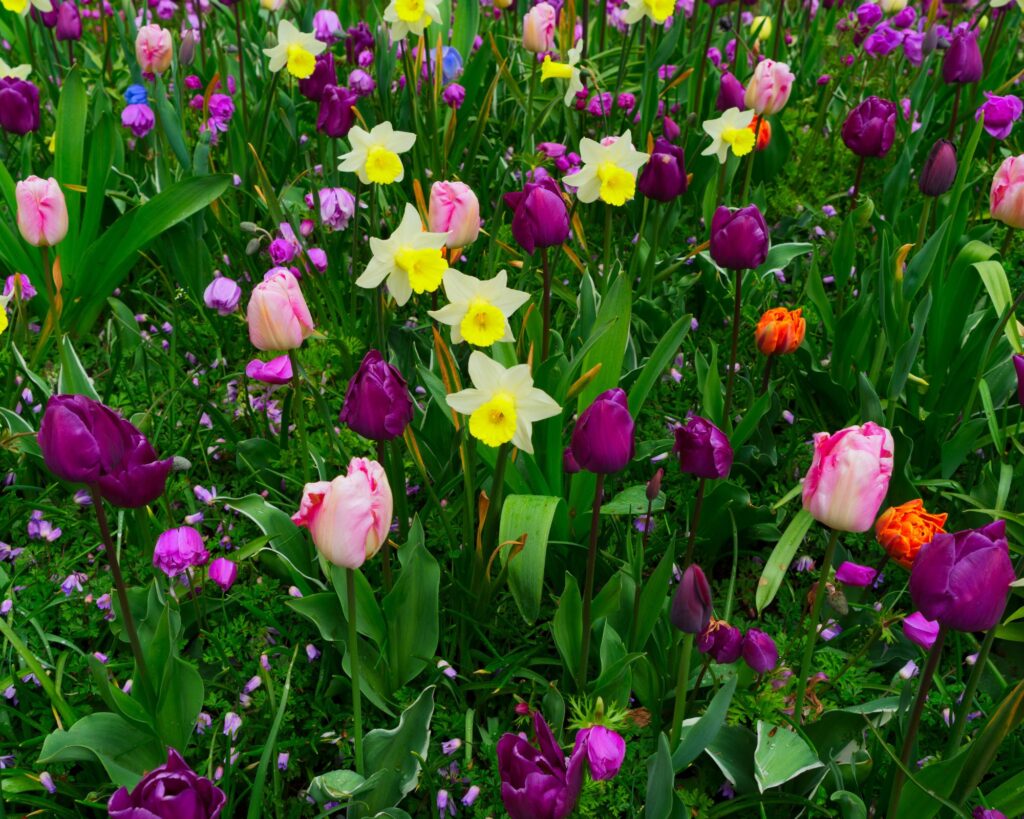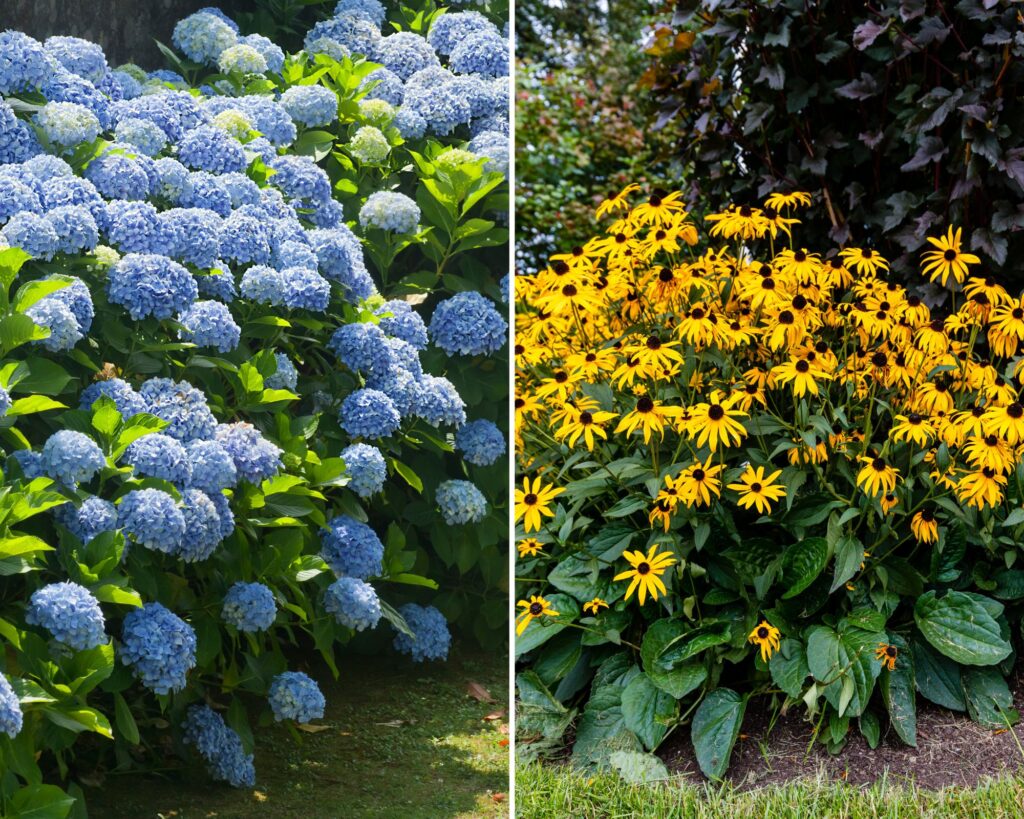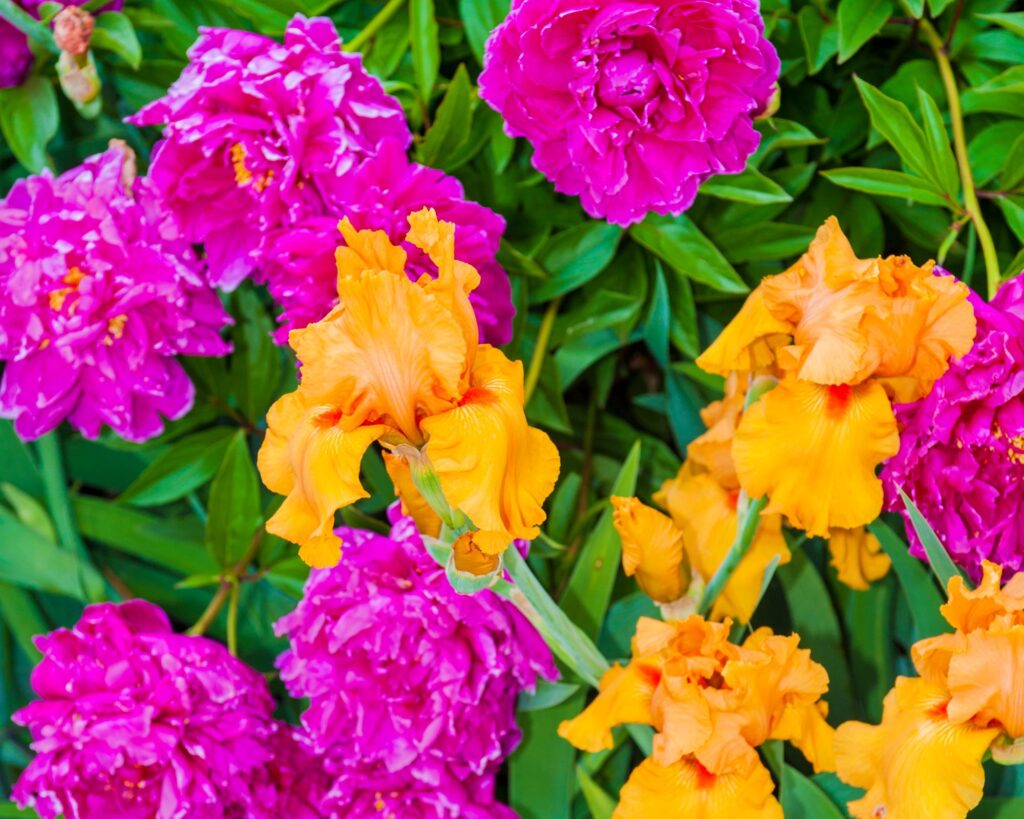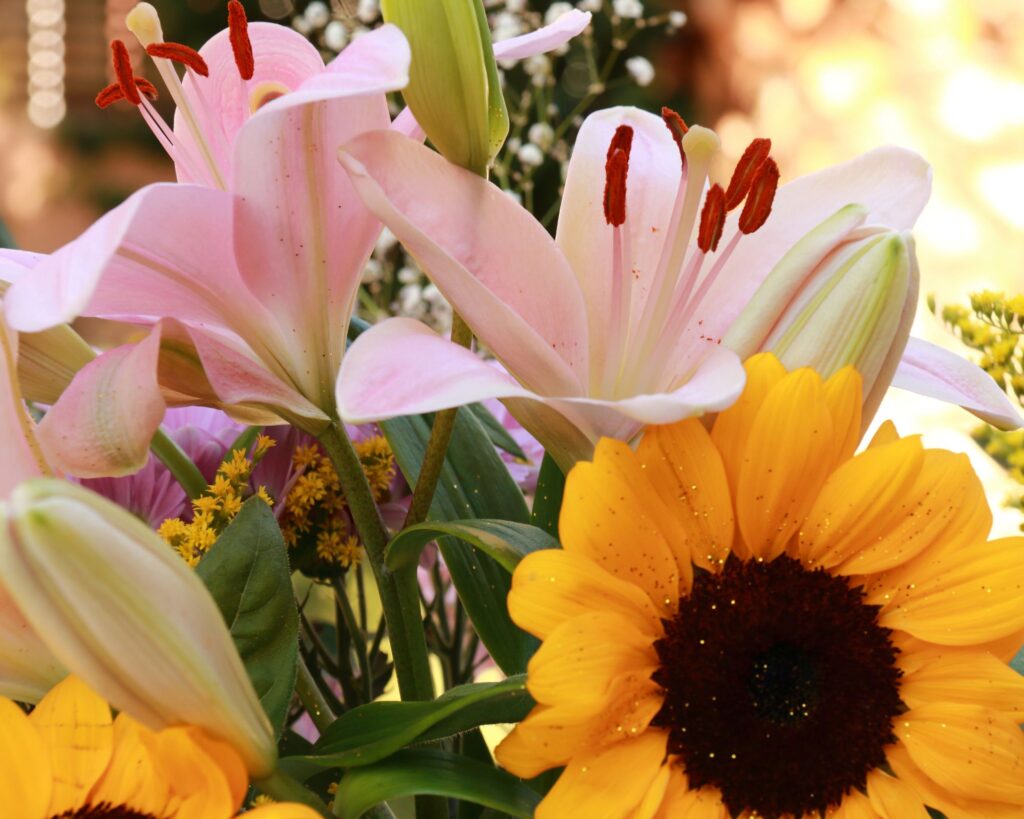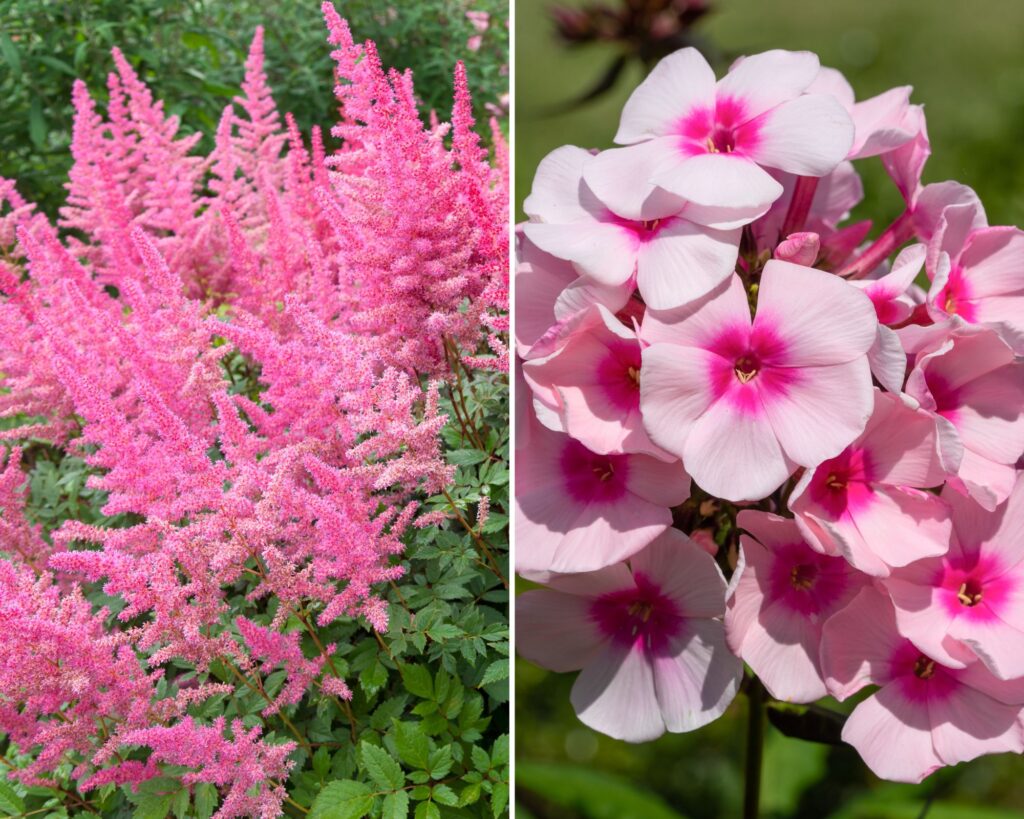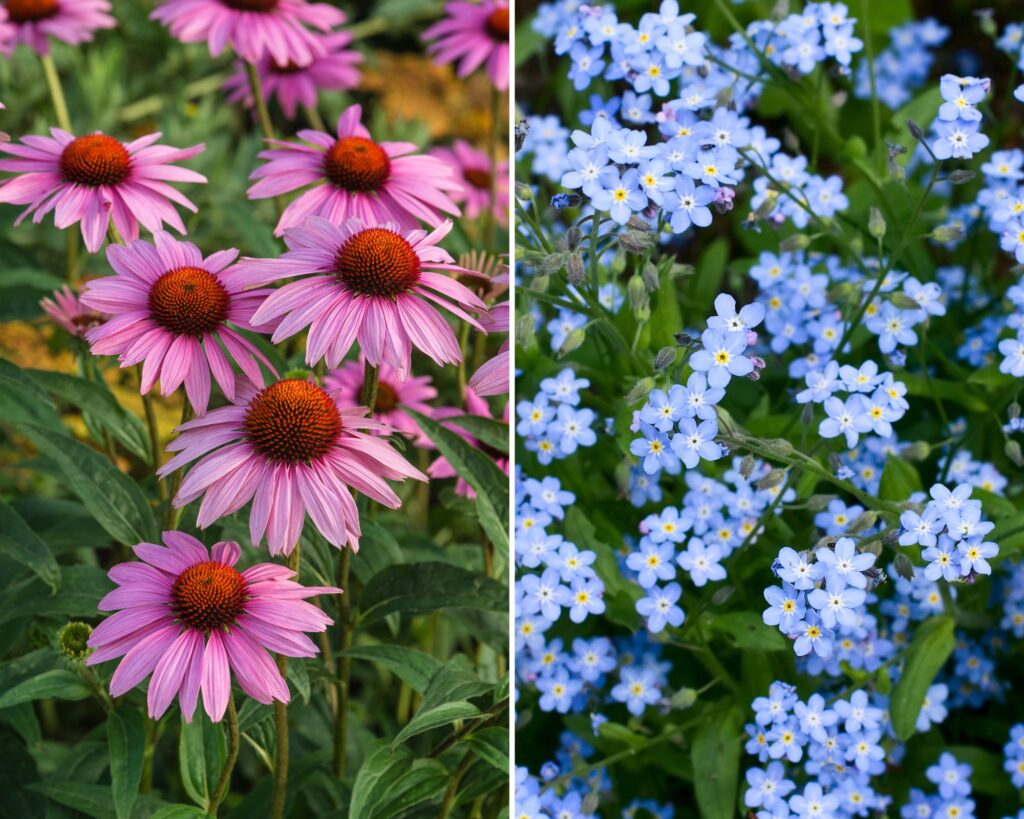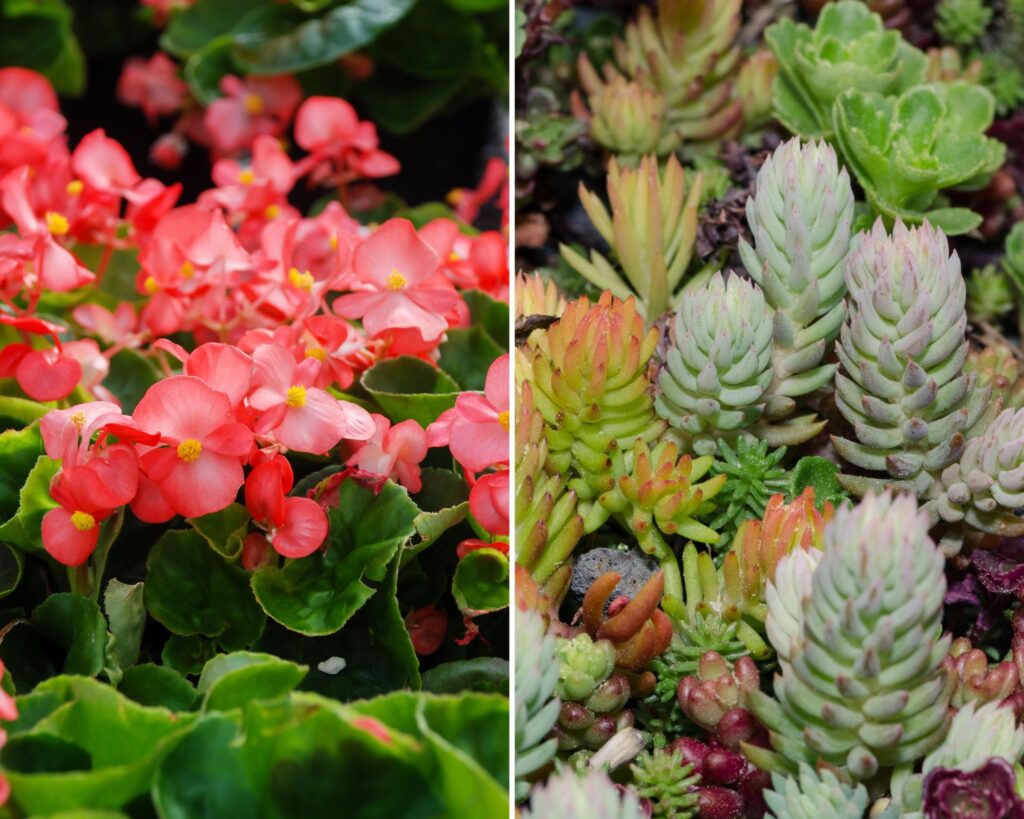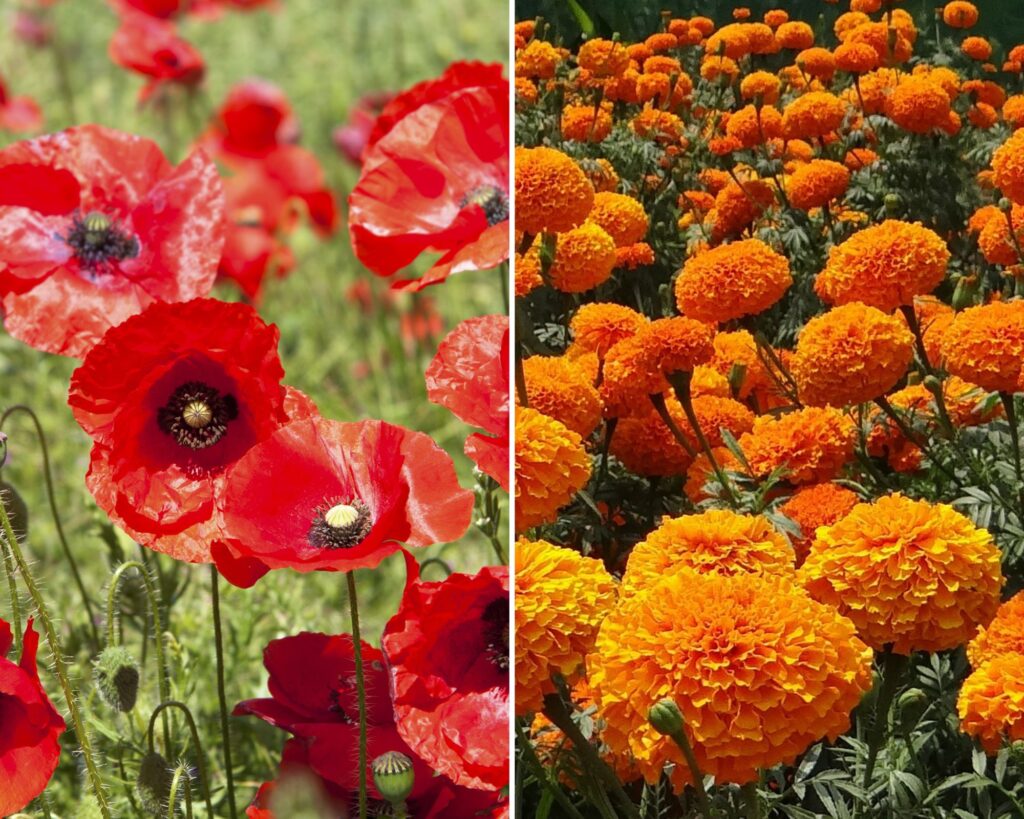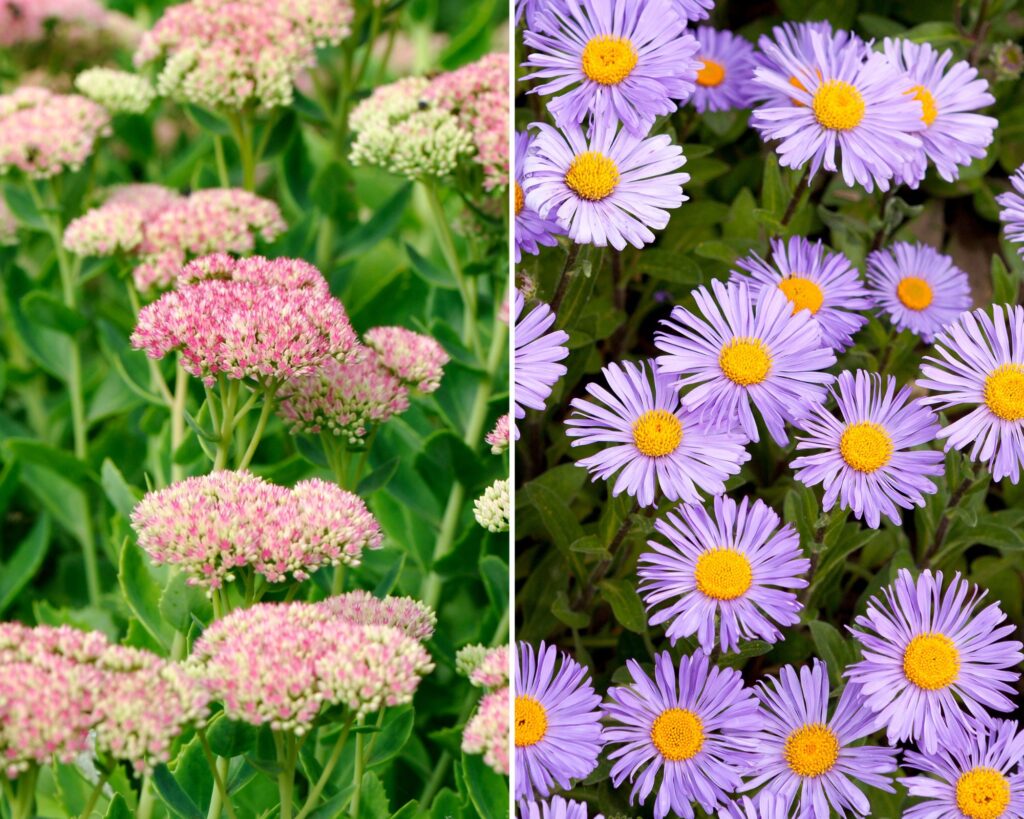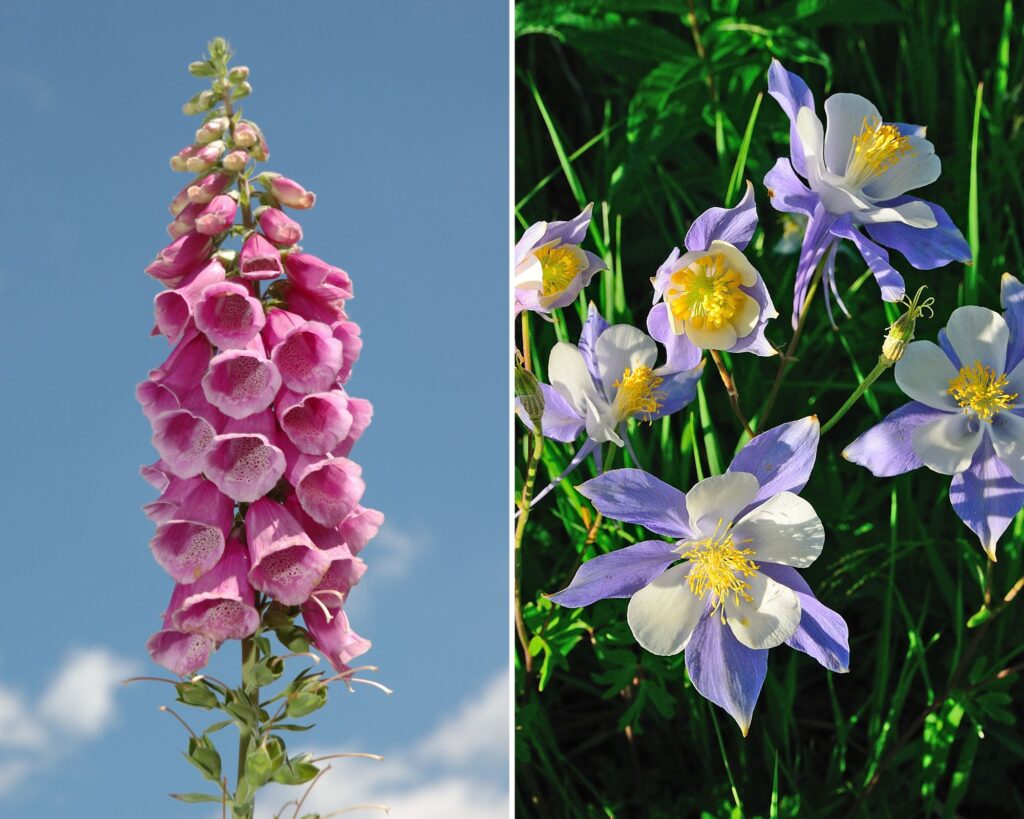As the fall season approaches, gardeners must be mindful of certain perennial combinations that could potentially wreak havoc in their gardens.
These pairings, while beautiful and enticing, may cause unexpected issues when planted together.
In this blog post, we will explore 15 such perennial pairings that you might want to reconsider when planning your fall garden.
1. Lavender and Mint
Lavender and mint may seem like a great combination due to their aromatic properties, but they can actually be a troublesome pairing.
Lavender prefers dry, well-drained soil, while mint thrives in moist, rich soil. Planting them together can lead to watering issues and stunted growth for one or both plants.
2. Roses and Crocosmia
Roses and crocosmia may look striking together, but they compete for sunlight and nutrients.
Roses typically require more care and feeding than crocosmia, which can lead to an imbalance in growth and health if planted in close proximity.
3. Hostas and Daylilies
Hostas and daylilies often compete for space and resources. Hostas’ large leaves can overshadow the daylilies, depriving them of sunlight necessary for blooming.
This pairing can lead to reduced flowering of the daylilies.
4. Ferns and Bluebells
Ferns and bluebells both thrive in shady, woodland environments, but they can end up competing for the same nutrients in the soil.
The dense foliage of ferns can also overshadow bluebells, affecting their growth and bloom.
5. Tulips and Daffodils
While both tulips and daffodils bloom in spring, they have different nutrient needs and growth cycles.
Tulips often require more nutrients, which can be depleted if planted too closely with daffodils, leading to less vigorous blooms.
6. Hydrangeas and Black-Eyed Susans
Hydrangeas and black-eyed Susans might compete for space and sunlight.
The large blooms of hydrangeas can overshadow the smaller, but vibrant black-eyed Susans, potentially stunting their growth and bloom cycle.
7. Peonies and Irises
Peonies and irises both require significant space to grow, and planting them together can lead to overcrowding.
This can result in reduced blooming potential for both, as they compete for sunlight and nutrients.
8. Lilies and Sunflowers
Lilies and sunflowers have different height expectations, with sunflowers potentially overshadowing lilies.
This can lead to lilies struggling to receive enough sunlight, affecting their growth and bloom.
9. Astilbe and Phlox
Astilbe and phlox both produce stunning flower displays, but they have differing water needs.
Astilbe prefers a moist environment, while phlox thrives in well-drained soil, creating potential conflicts if planted together.
10. Coneflowers and Forget-Me-Nots
Coneflowers and forget-me-nots can compete for nutrients and space, with the more dominant coneflowers potentially overshadowing the smaller forget-me-nots, affecting their growth and presence.
11. Begonias and Cacti
Begonias and cacti have entirely different water and light requirements, with begonias needing shade and moisture, while cacti prefer full sun and dry soil.
Planting them together can lead to stress and poor growth for one or both plants.
12. Poppies and Marigolds
Poppies and marigolds may look vibrant together, but they have different growing needs that can lead to competition for resources, such as nutrients and sunlight, affecting their growth potential.
13. Sedum and Asters
Sedum and asters can compete for space and light, as asters may overshadow the low-growing sedum.
This can result in suboptimal growing conditions for sedum, affecting its spread and growth.
14. Foxglove and Columbine
Foxglove and columbine both add charm to a garden, but foxglove’s tall spires can overshadow columbine’s delicate blooms, leading to sunlight competition and affecting columbine’s growth.
15. Bleeding Hearts and Alliums
Bleeding hearts and alliums both offer unique blooms but require different soil conditions, with bleeding hearts preferring moist conditions and alliums thriving in well-drained soil.
This can lead to conflicts in growth and planting requirements.
